One thing indelibly etched on your mind when you spend weeks riding across Russia is the massive scale of this country – not just the 11 time zones you cross but the unbounded scale of the rural landscape – mile after mile of grassland, cropping and forest.
Who owns it?
Of course it was 100% State-owned during the communist era. But that ended in 1990, so what now? Let’s consider farms. Russia has regained its position as the world’s largest producer of barley and third largest of wheat. And yet for 10 years after the collapse of communism the area planted in grains dropped by 25%.
It’s small scale farming that shows the most dramatic change since communism – peasant farms and household plots. Household plots (nowadays of less than 2ha) existed during the communist era although were much smaller than 2ha and were for subsistence. Today they account for 59% of the value of Russia’s agricultural output (still much of it for self-consumption) – up from 26% in 1990. We see these plots growing potatoes and other vegetables in every village we pass through across the countryside. And yet they are only 10% of all agricultural land. Another favourite is summer gardens that city folk tend at their dachas (summer country cottages).
Peasant farms are another 10% of the land area. They were taken out completely by the Communists but are back. Typically they’ve come about by a farm worker leaving their collective and starting out with their share of land and farm assets. These farms struggle from lack of capital and their production remains largely self-sufficiency.
This leaves 80% of agricultural land still in the hands of large corporate enterprises. Productivity here is notoriously low, although is improving as capital slowly gets attracted to the economies of scale available with Russian farming. The cooperatives that succeeded the collectives plus some common stock-issuing companies make up this sector. So it’s owned by a peculiar mix of farm workers, pensioners and big business. But capital investment has been scarce, State subsidies necessary and productivity very low. That is improving, but slowly.

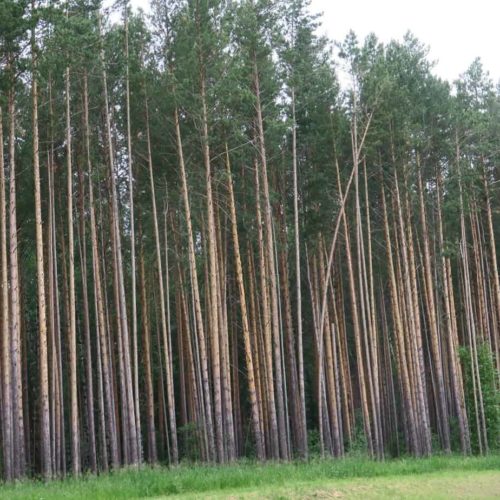
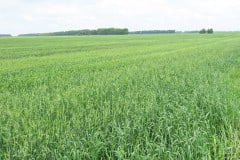
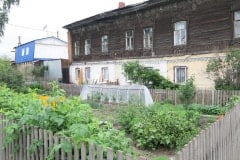
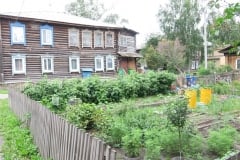
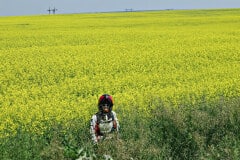
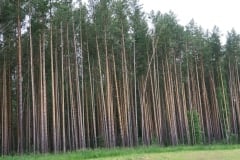
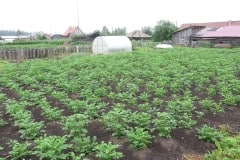
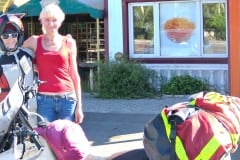
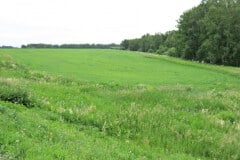
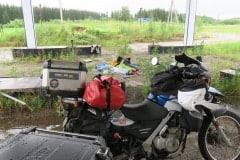
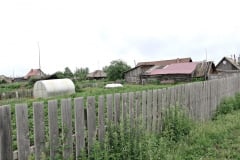
Comments are closed.